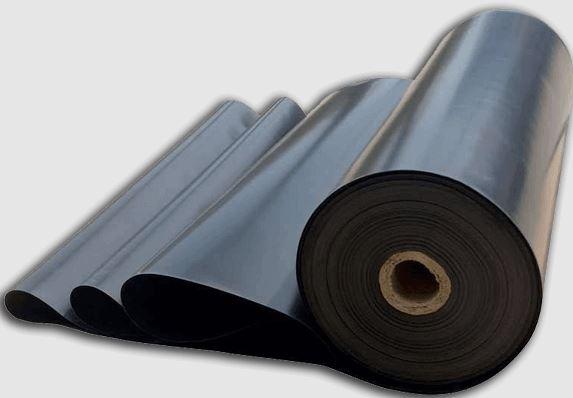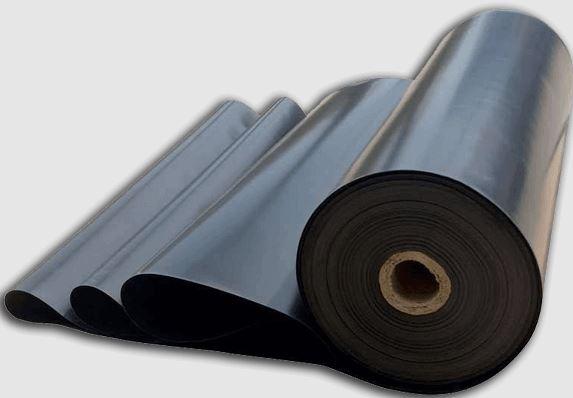High Density Polyethylene, What is HDPE sheet and what is it used for?

High Density Polyethylene (HDPE) is a versatile and widely used thermoplastic polymer known for its exceptional strength, durability, and chemical resistance. With a wide range of applications across industries such as packaging, construction, automotive, and healthcare, HDPE plays a crucial role in modern manufacturing and infrastructure. Let's explore the properties, applications, and sustainability of HDPE in detail.
1. Properties of HDPE:
HDPE is characterized by its high density, which results in superior strength, stiffness, and toughness compared to other polyethylene materials. Its excellent chemical resistance makes it resistant to corrosion, moisture, and most chemicals, making it suitable for use in harsh environments. Additionally, HDPE is lightweight, flexible, and easy to process, allowing for versatile fabrication and manufacturing options.
2. Applications of HDPE:
HDPE finds applications across a wide range of industries due to its versatile properties and performance characteristics. In the packaging industry, HDPE is used to manufacture bottles, containers, and packaging films for food, beverages, pharmaceuticals, and personal care products. Its excellent barrier properties and resistance to moisture make it ideal for protecting and preserving goods during storage and transportation.
In the construction sector, HDPE is employed in various applications such as pipes, geomembranes, and insulation materials. HDPE pipes are widely used for water distribution, drainage systems, and gas transportation due to their corrosion resistance, durability, and low maintenance requirements. Geomembranes made from HDPE are used for lining landfills, ponds, and reservoirs, providing a reliable barrier against leaks and environmental contamination.
In the automotive industry, HDPE is used to manufacture fuel tanks, bumpers, and interior components due to its lightweight, impact resistance, and recyclability. HDPE's chemical resistance also makes it suitable for use in healthcare applications such as medical devices, pharmaceutical packaging, and laboratory equipment.
3. Sustainability of HDPE:
HDPE is recognized for its sustainability attributes, including recyclability, energy efficiency, and resource conservation. HDPE products are highly recyclable and can be reprocessed into new materials through mechanical or chemical recycling processes. Recycling HDPE not only reduces waste and conserves resources but also reduces greenhouse gas emissions compared to producing virgin materials.
Furthermore, HDPE manufacturing processes are energy-efficient, requiring less energy and producing fewer emissions compared to alternative materials such as glass or metal. Its lightweight nature also contributes to energy savings during transportation and reduces carbon footprint.
Moreover, HDPE's durability and longevity contribute to its sustainability by extending product lifespan and reducing the need for frequent replacements. Its resistance to corrosion, moisture, and chemicals ensures long-term performance, minimizing maintenance requirements and lifecycle costs.
1. Advanced Manufacturing Techniques:
Advancements in manufacturing techniques are revolutionizing the production of HDPE, enabling greater precision, efficiency, and customization. Injection molding, extrusion, and blow molding processes are being refined to produce HDPE components with complex geometries, tight tolerances, and enhanced surface finishes. Additive manufacturing technologies, such as 3D printing, are unlocking new possibilities for rapid prototyping and customized production of HDPE parts and components. These advanced manufacturing techniques offer flexibility, scalability, and cost-effectiveness, paving the way for innovative applications in diverse industries.
2. Enhanced Material Formulations:
Researchers are developing novel formulations and additives to enhance the properties and performance of HDPE for specific applications and end-uses. Reinforcing additives, such as glass fibers, carbon nanotubes, or mineral fillers, are incorporated into HDPE matrices to improve mechanical strength, stiffness, and thermal stability. Functional additives, such as UV stabilizers, antioxidants, and antimicrobial agents, enhance HDPE's resistance to environmental degradation, prolonging product lifespan and durability. Additionally, bio-based additives derived from renewable sources offer sustainable alternatives for enhancing HDPE properties while reducing environmental impact.
3. Recyclability and Circular Economy Initiatives:
Recycling innovations and circular economy initiatives are driving the sustainable use and management of HDPE materials throughout their lifecycle. Advanced recycling technologies, such as chemical recycling, pyrolysis, and depolymerization, are enabling the conversion of post-consumer and post-industrial HDPE waste into high-quality recycled materials that can be reintegrated into the manufacturing process. Moreover, closed-loop recycling systems and extended producer responsibility (EPR) programs promote the collection, sorting, and recycling of HDPE products, reducing waste and conserving resources. By embracing recycling innovations and circular economy principles, the HDPE industry can minimize environmental impact and contribute to a more sustainable future.
Conclusion:
In conclusion, High Density Polyethylene (HDPE) is a versatile and sustainable material with a wide range of applications across industries. Its exceptional properties, including strength, durability, and chemical resistance, make it an ideal choice for packaging, construction, automotive, and healthcare applications. Moreover, HDPE's sustainability attributes, such as recyclability, energy efficiency, and durability, contribute to its environmental credentials and position it as a preferred choice for eco-conscious consumers and industries.










Comments